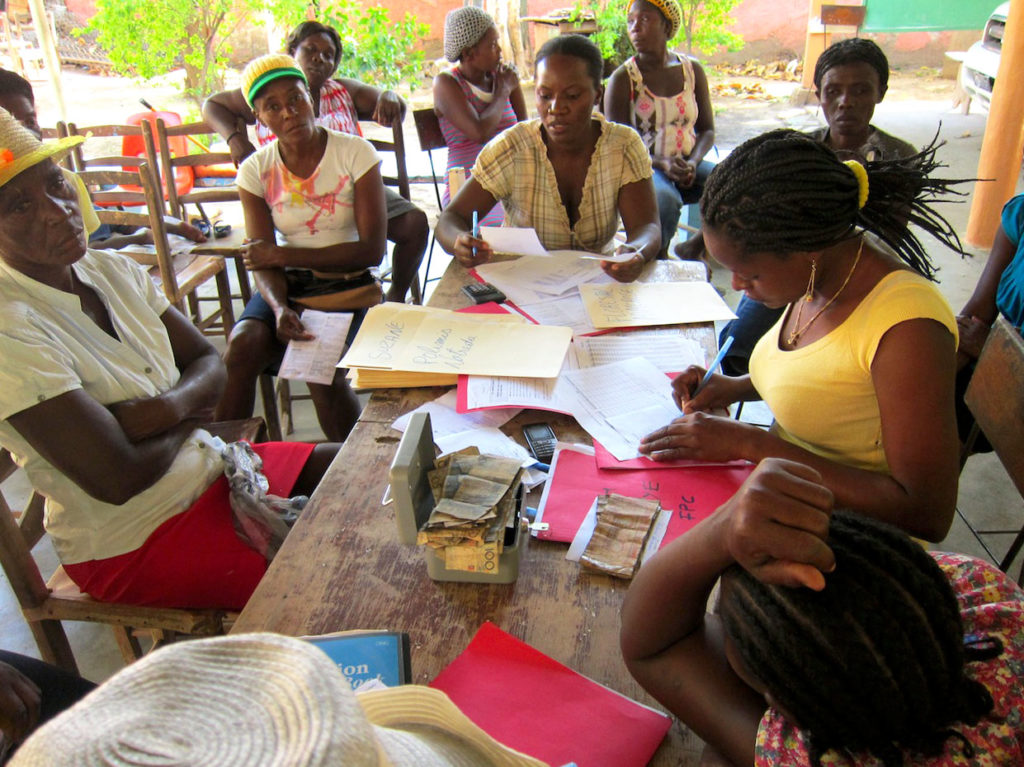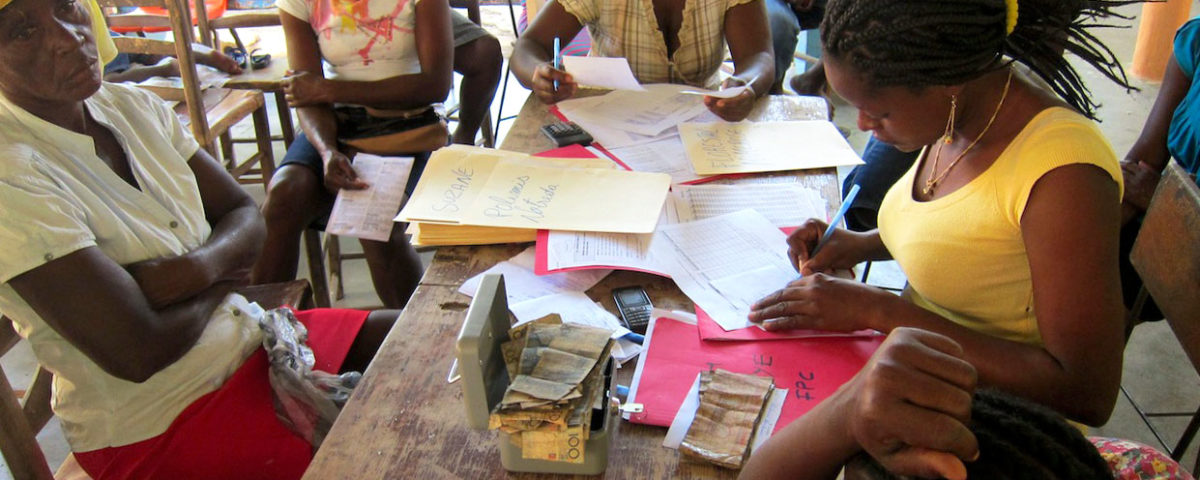
By: Salomon Raydan @salomonr
A few weeks ago @Carlosgomezgil professor of development cooperation at the University of Alicante and author of “The collapse of microcredits in development cooperation” published in the prestigious newspaper “El País de España”, an article that reads the “Microcredit represents one of the biggest failures in development cooperation policies“.
For some years, this issue has been analyzed and studied, since the failure has not only been expressed in its impact on the reduction of poverty, but also in the way in which this industry has evolved. Professor Yunnus himself went on to say in an interview that Microcredit has become a business to the extent that it “offers profits to investors from the money of the poor …”, as microfinance must go in the direction of helping the poor to retain their money, rather than to redirect it to the rich ”
Although I do not agree with everything stated by Professor Gómez Gil in his article, for years we have maintained that “Micro credit was a historical mistake sold to the public by great media stars.”
This historical error mobilized hundreds of millions of dollars to stimulate credit among families, without understanding that the saving was the real need of families in order to create buffers against poverty. If only a fraction of these resources had been mobilized to develop appropriate, safe and profitable mechanisms for the poor to save, the impact on poverty would probably have been much greater.
However, beyond criticism that we can express to micro credit, there is no doubt that a multi-million-dollar industry was promoted, to the extent that large financial capitals perceived the business of providing credit to the poor as a very good one
This has meant abandoning the initially targeted population, the poorest, to micro-entrepreneurs and middle-class sectors, capable of paying the high interest rates demanded by the business. The vision of sustainability that was anxiously sought became a vision of profitability and many organizations that initially captured cooperation money to help the disadvantaged, quickly became providers of profit to their shareholders.
The “other micro-finance movement” we propose uses old informal associative mechanisms as a strategy to bring quality financial services to vulnerable sectors. It also has emphasized savings and not credit as a primary need of these population is now begging to hear the “siren chant of profitability“.
The underlying argument is that “this savings revolution can only grow” if we have the sustainability strategy that allows the self-replication and growth of the models used to increase coverage and impact.
This is a huge challenge that must be faced. We at FUNDEFIR have started a model that seeks precisely, to achieve sustainability for the expansion of our model we have called “The BK Club“. A strategy specifically aimed at ensuring that our Bankomunales can remain sufficiently integrated and accompanied, so as to obtain the impact that only the long periods can achieve. Social changes require time and only with a strategy that makes us sustainable and less dependent on non-reimbursable funds, we can guarantee the long times that these social changes require
While we believe it is important to develop sustainability, we must be careful not to fall into the temptation of what has been called the “market approach“. One thing is to achieve sustainability and quite another to have a market approach. As with traditional microfinance, the market approach could lead us to do almost anything to attract the capital required to grow as a movement. I honestly believe that the microfinance industry is a good example of what should not happen. While they have been “profitable” and can offer high returns to their investors, they have succeeded in replacing the practices of the “credit sharks” they criticized so much.
In this “other micro-finance“ we propose, sustaining is desirable, but we must also care about how we do it.

